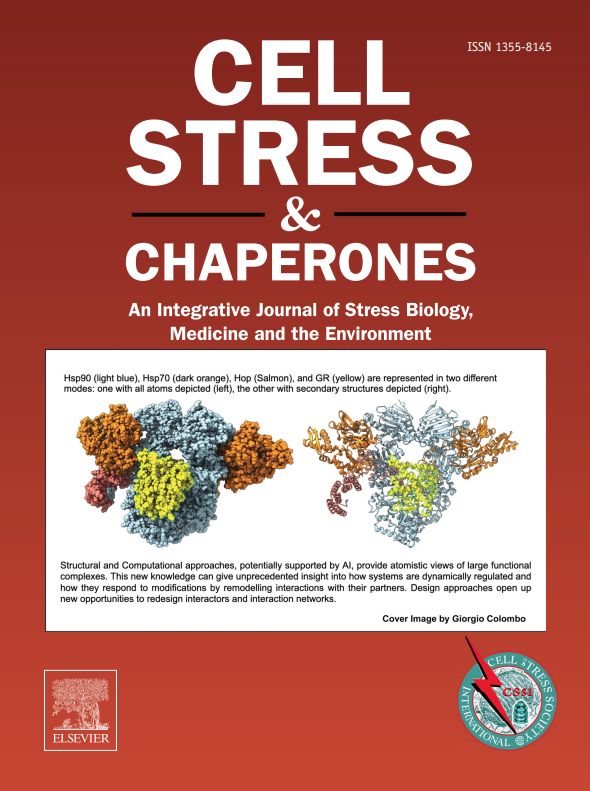Combined approaches to reduce stress and improve livestock well-being: A review
IF 3.2
3区 生物学
Q3 CELL BIOLOGY
引用次数: 0
Abstract
It is well established that various stressors confer hazardous impact on the welfare, health, productive, and reproductive efficiencies of farm animals. Among the major stress stimuli, temperature, transportation, weaning, pathogens, diet quality, and routine handling are cardinal in causing diminished performance of livestock. It is hypothesized that the key to reducing disease incidence and animal discomfort appears to be centered at reducing their response to stress. To this end, strategies that involve thermal conditioning at an early age, dietary interventions, and identification of genetic and biochemical biomarkers to predict the risk for developing stress-related diseases an early, have been studied by our research team during the last two decades as means to alleviate stress in Aves and ruminants. The findings from these studies are presented here to illustrate how the applied strategies have contributed to the following outcomes: 1. In layer hens: Improved regulation of body temperature, reduced mortality rates, and a delayed onset of heat shock protein induction. 2. In cattle: a. mitigation of intestinal diseases and prevention of blood parasite invasion; b. identification of genomic and proteomic biomarkers predictive of susceptibility to bovine respiratory disease, the leading cause of morbidity and mortality among young cattle globally.
减少压力和改善牲畜健康的综合方法:综述。
众所周知,各种压力源对农场动物的福利、健康、生产和繁殖效率产生有害影响。在主要的应激刺激中,温度、运输、断奶、病原体、日粮质量和日常处理是导致牲畜生产性能下降的主要原因。据推测,减少疾病发病率和动物不适的关键似乎集中在减少它们对压力的反应上。为此,在过去的二十年中,我们的研究小组研究了包括早期热调节、饮食干预以及识别遗传和生化生物标志物以预测早期发生压力相关疾病的风险在内的策略,作为缓解鸟类和反刍动物压力的手段。这些研究的结果在这里展示,以说明应用策略如何促成以下结果:蛋鸡:改善体温调节,降低死亡率,延迟热休克蛋白(Hsp)诱导的发作。2. 对牛:a.减轻肠道疾病和预防血液寄生虫入侵;b.鉴定可预测牛呼吸道疾病(BRD)易感性的基因组和蛋白质组学生物标志物,BRD是全球幼牛发病率和死亡率的主要原因。
本文章由计算机程序翻译,如有差异,请以英文原文为准。
求助全文
约1分钟内获得全文
求助全文
来源期刊

Cell Stress & Chaperones
生物-细胞生物学
CiteScore
7.60
自引率
2.60%
发文量
59
审稿时长
6-12 weeks
期刊介绍:
Cell Stress and Chaperones is an integrative journal that bridges the gap between laboratory model systems and natural populations. The journal captures the eclectic spirit of the cellular stress response field in a single, concentrated source of current information. Major emphasis is placed on the effects of climate change on individual species in the natural environment and their capacity to adapt. This emphasis expands our focus on stress biology and medicine by linking climate change effects to research on cellular stress responses of animals, micro-organisms and plants.
 求助内容:
求助内容: 应助结果提醒方式:
应助结果提醒方式:


